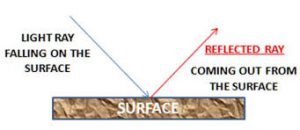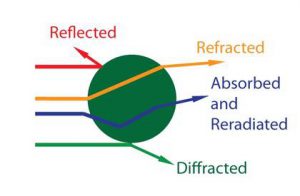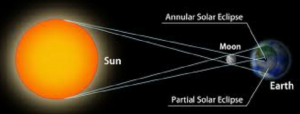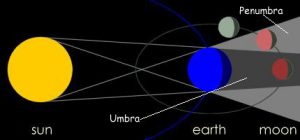Optics – Light and its behaviour/properties
• admin@sciloo.com
Light is also a form of energy. Light has dual nature which means it behaves like a wave as well as a particle.
Light is made up of small particles called photons. Light refers to visible light which human can see. Visible light wavelength lies in between infrared and ultraviolet rays. The main source of light is our sun.
Light is basically a combination of seven colours. We can see it using a prism. If light falls on prism it scattered in seven rainbow colours.
Speed of light is 3,00,000 km/sec. Sun Light takes 8 minutes to reach earth. Different behaviours of the light are discussed below.
Reflection of Light
When light falls on any object, that object reflects the light to our eyes. That is the reason we can see the object. Take an example of grass, why grass is green. The reason is when light falls on the grass, it absorbs all the colours only reflect back green colour to our eyes. That ‘s why grass appears green.

Refraction of light
When the light enters from one medium to another medium, it appears little bend from its path. This is the refraction of light. Take a transparent glass full of water.if we take a straw and dip the straw into the water it seems to bend but if we take it out it is straight only. So as light is entering from air to water medium it changes its direction.

Diffraction of light
Diffraction is bending of a wave around the obstacles and openings. For example, if water is flowing in a river and we put a large stone in the middle so, the stone stops the water path but water will make a new path beside the stone. It means it changes its path. This is called diffraction.

Solar Eclipse
Solar Eclipse occurs when the moon passes between the sun and earth, and the moon fully or partially blocks the sun.

Lunar Eclipse
The moon orbits, or goes around the earth. Earth orbits, or goes around the sun. when earth lines up directly between the sun and the moon.when this happens, earth blocks the light from the sun to the moon. Earth’s shadow then falls on the moon. This is an eclipse of the moon. It is called lunar Eclipse.
